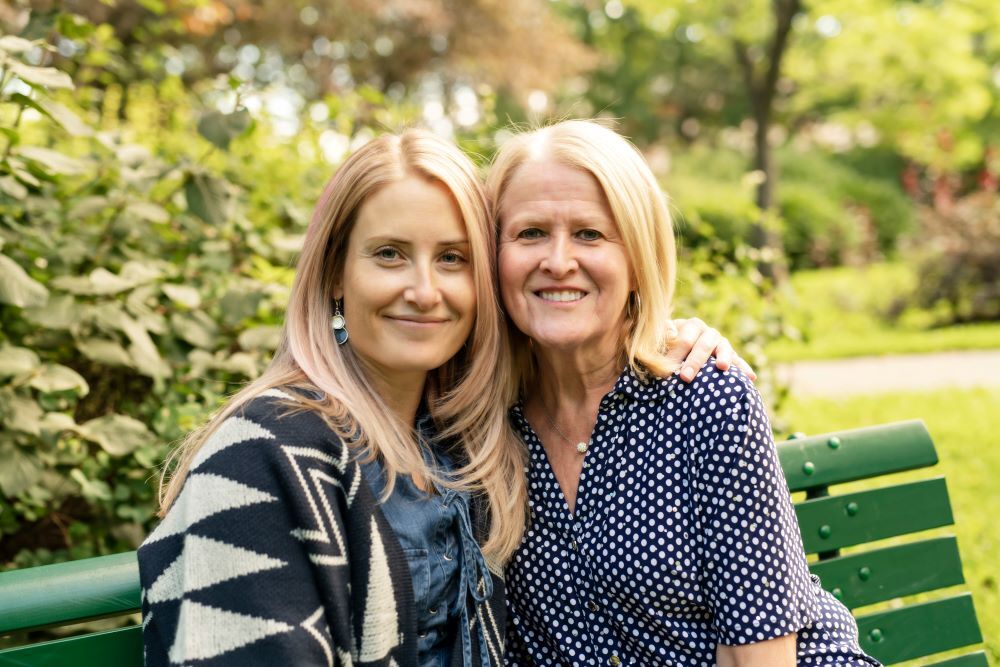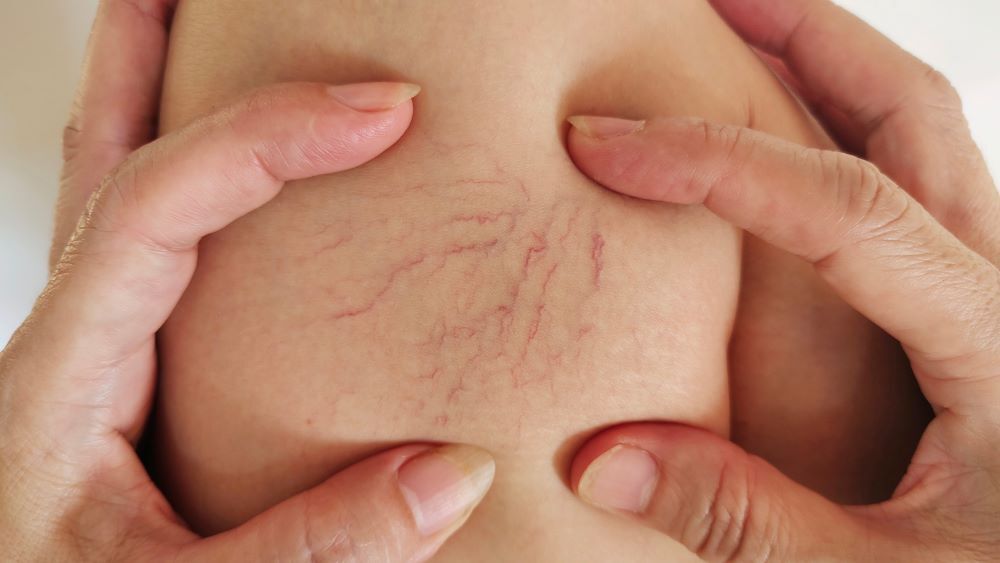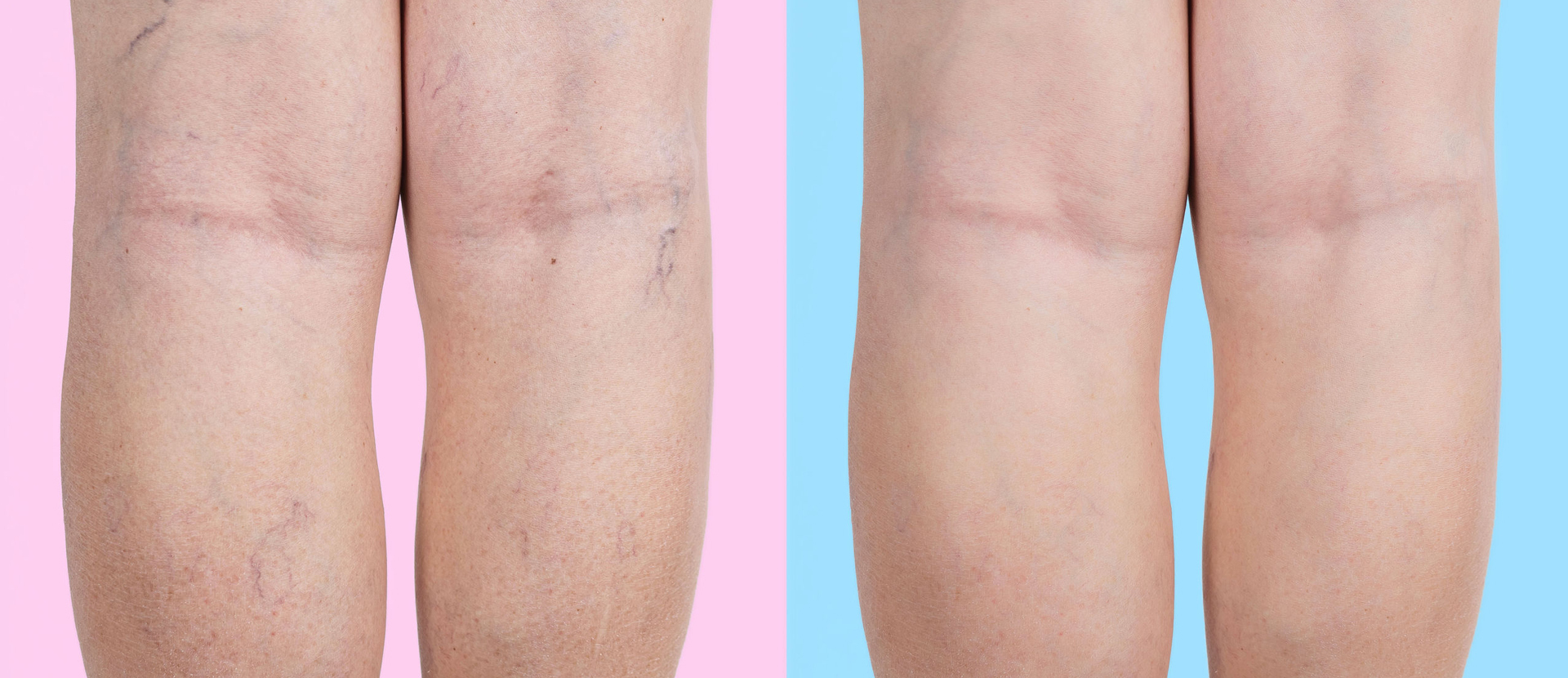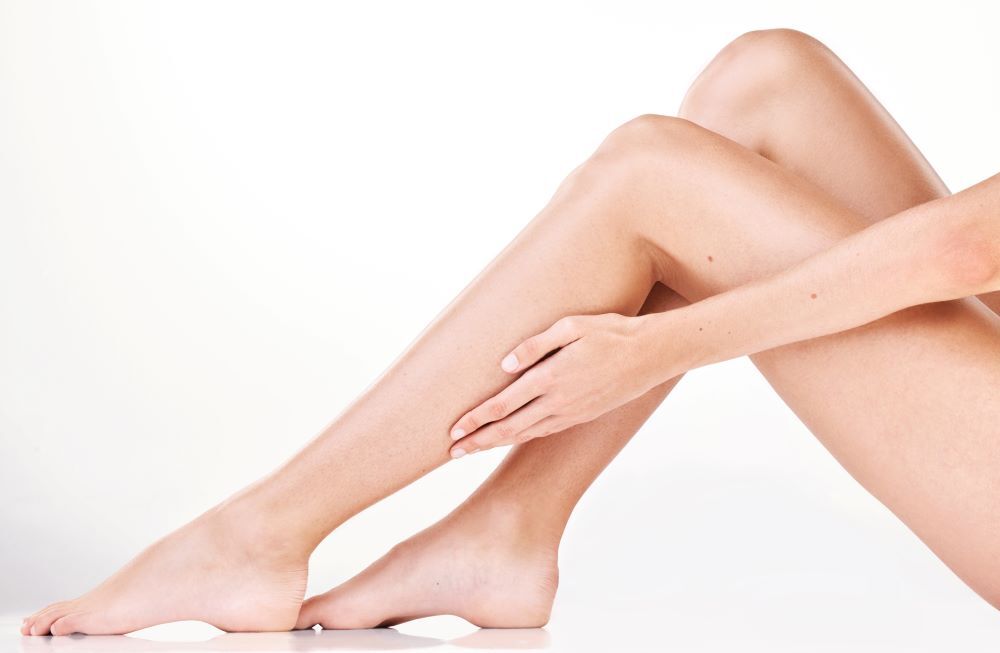Thread Veins: Causes and Treatment
What are thread veins and how do we get them?
Thread veins, medically known as 'telangiectasia', are small blood vessels located within the dermis (the living layer of the skin) that have become dilated and visible. These veins appear red when they are small, and their colour changes to purple, red, and then green as they get bigger. It's a common misconception that the condition only affects older people - thread veins can occur at any age if you are genetically predisposed to them. In fact, thread veins affect roughly 20% of women in their 20s with that number rising to over 50% at the age of 40.
The biggest influence on whether you are likely to get thread veins is your parents! Shocking right?
Genetics play a big factor in so much of our physical makeup so why wouldn’t they play a part in this too… the fact is, the stronger the familial link, and the more relatives you have with varicose or thread veins, the more likely you are to having them too.

How can I avoid getting thread veins?
The most common area for thread veins to appear is on the legs, face, and nose, where skin tends to be thinner. It is said that 89% of women with thread veins have varicose veins too. Having an active lifestyle and exercising regularly can increase circulation and decrease the risk of deterioration and complications from varicose veins.
Ensuring you are taking regular breaks from sitting in front of your computer and getting the muscles in your legs moving, helps to get the blood moving and decreases the risk of inflammation and long-term skin and underlying tissue damage.
Thread veins vs. Varicose veins
Thread veins are not actually veins… they are in fact damaged capillaries, venules, and arterioles. These are all small blood vessels forming part of your larger circulatory system.
Varicose veins are in fact damaged veins (larger blood vessels that carry oxygen-poor blood back towards your heart). These veins are larger than thread veins and tend to appear bulgy and can be unsightly and even painful.

When am I more likely to notice thread veins?
As we have established, thread veins can appear at any stage in your life, however, there are a few influential times when these may be more prevalent:
Winter
Living in the Northern Hemisphere, our winters tend to be rather cold and as a result, we tend to try and wrap up warm, pop the heating on and opt for slightly hotter baths or showers to warm up. The extra heat we expose ourselves to, however, can cause something called vasodilation (causing veins to be visible).
As we age
With age, our skin tends to become thinner and loses its elasticity (collagen). As this happens, any swollen veins or inflamed areas will be more visible.
Pregnancy
Surprise, surprise. Many women experience thread veins during their pregnancy due to extreme hormonal changes, including the increase in progesterone levels and the pressure that the uterus puts on the vena cava (the vein that carries blood from the legs and feet to the heart).
But it’s not all doom and gloom… Thread veins can be removed.
How are thread veins treated?
Microsclerotherapy is a treatment designed to manage problem veins from telangiectasia to small reticular veins. The best treatment for these small veins is using a sclerosing agent such as Fibrovein. Lasers are sometimes used to treat thread veins in the legs, but comparative trials show microsclerotherapy to be superior. (Laser is superior for the face.) If you also have larger varicose veins, then treating these is often also necessary to control the appearance of more thread veins.

How do I know if the treatment is for me?
Your initial consultation is very important for the assessment of the veins you are concerned about, and we can generally treat any minor thread veins on the body and legs (microsclerotherapy is not indicated for any veins below your ankles and on your feet). Once we have assessed the correct course of treatment, we can book in your procedure which takes approximately 45 – 60 minutes. Recovery is minimal and you can return to work almost immediately.

How soon will I see the results?
We recommend planning for 2-3 treatment sessions approximately 2-3 months apart. It takes up to another 3 months after your visit before you see the final result. Realistically, some bruising may occur which can take a couple of weeks to settle. Some patients need more than one treatment to get the best results. Patients find that over time a few more thread veins may appear, and it is common for an annual or bi-annual tidy-up visit.
If you’re feeling self-conscious about thread veins and are ready to tackle them, please get in touch for an initial consultation.
Follow us on social media to see before and afters, patient journeys, informative stories, and to find out more about the other treatments we offer.